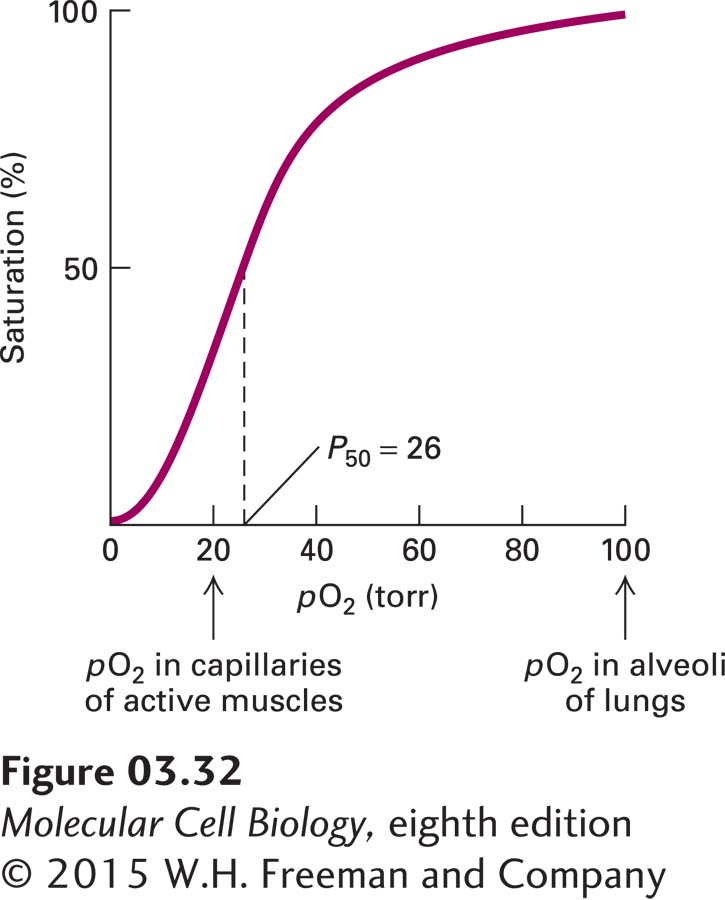
EXPERIMENTAL FIGURE 3- n- n- 3-